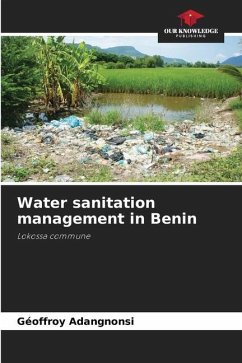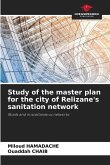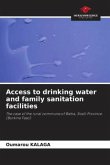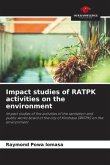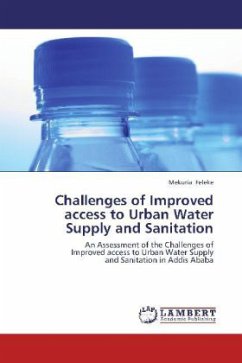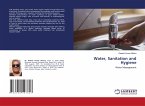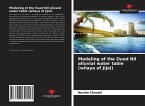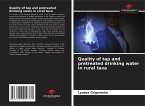The population growth observed in the commune of Lokossa in recent years has not always been followed by effective sanitation measures. The aim of this study is to examine rainwater and wastewater sanitation infrastructure in the commune of Lokossa in relation to population growth. The methodological approach used includes data collection, processing and analysis of the results based on the PEIR model. The results show that the rate at which hygiene and sanitation infrastructure is being installed in Lokossa is not keeping pace with population growth. The population rose from 3,4959 in 1979 to 5,460 in 1992, then to 77,065 in 2002 and 1,044,28 in 2013. The measures taken by the population to deal with this problem are purely traditional, and the authorities are making little effort to improve the situation. To remedy the situation, there needs to be real awareness among the population and the implementation of preventive and forward-looking measures by the authorities.
Bitte wählen Sie Ihr Anliegen aus.
Rechnungen
Retourenschein anfordern
Bestellstatus
Storno

